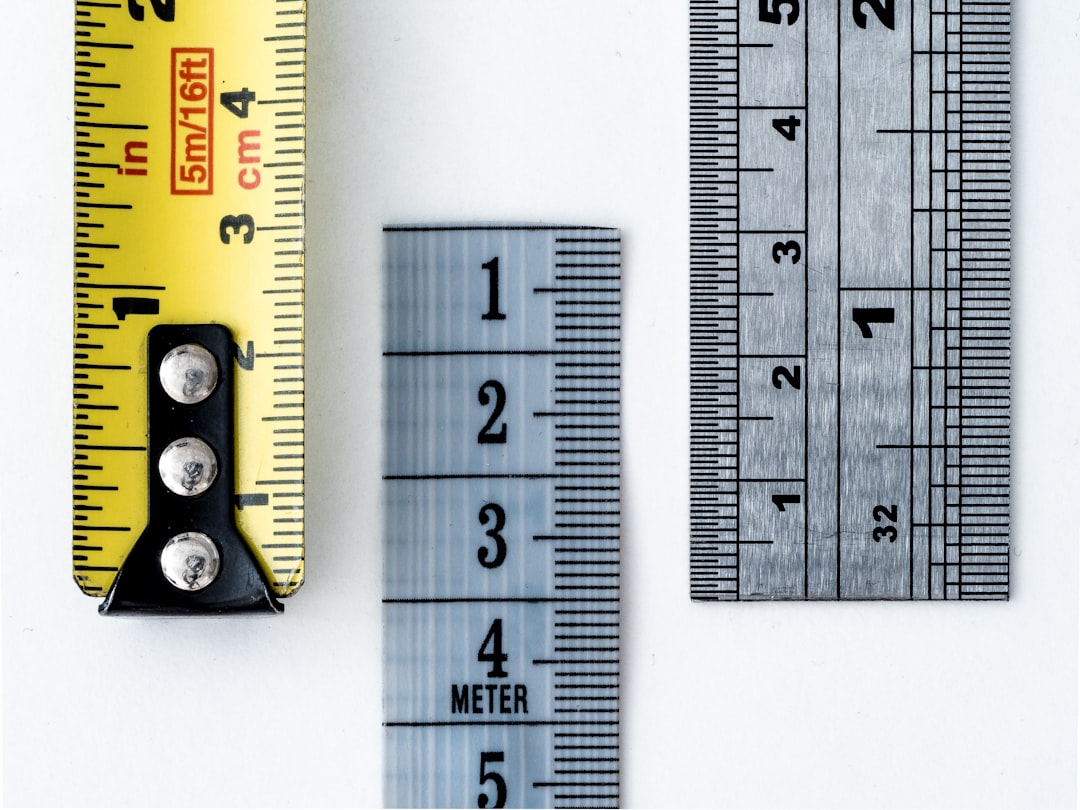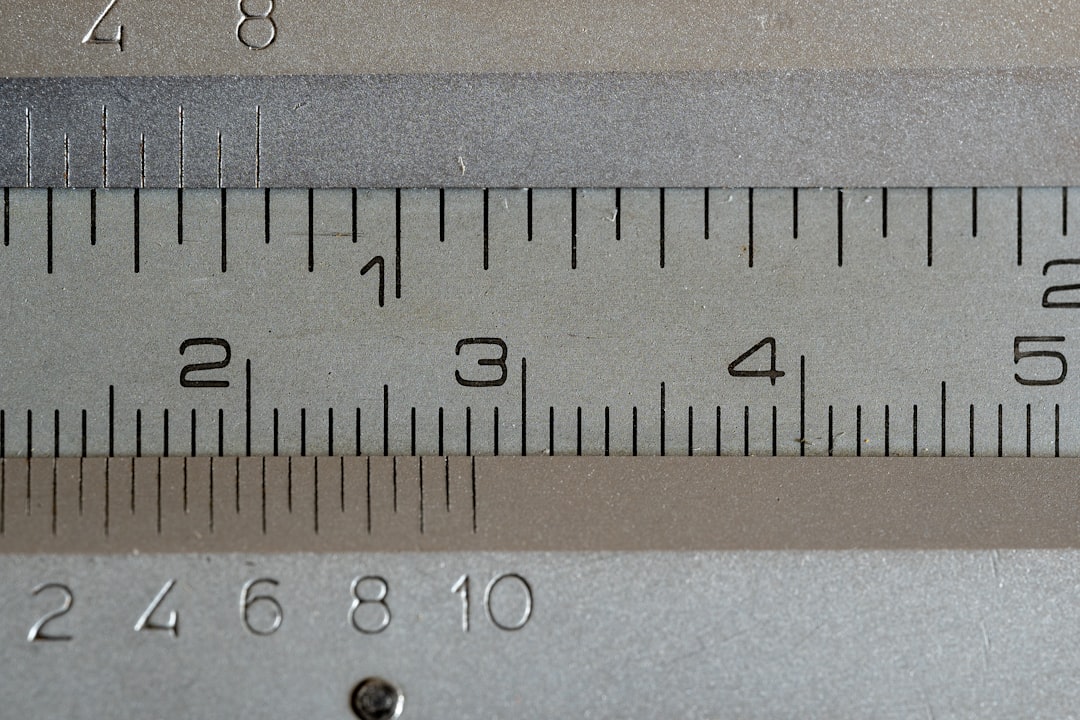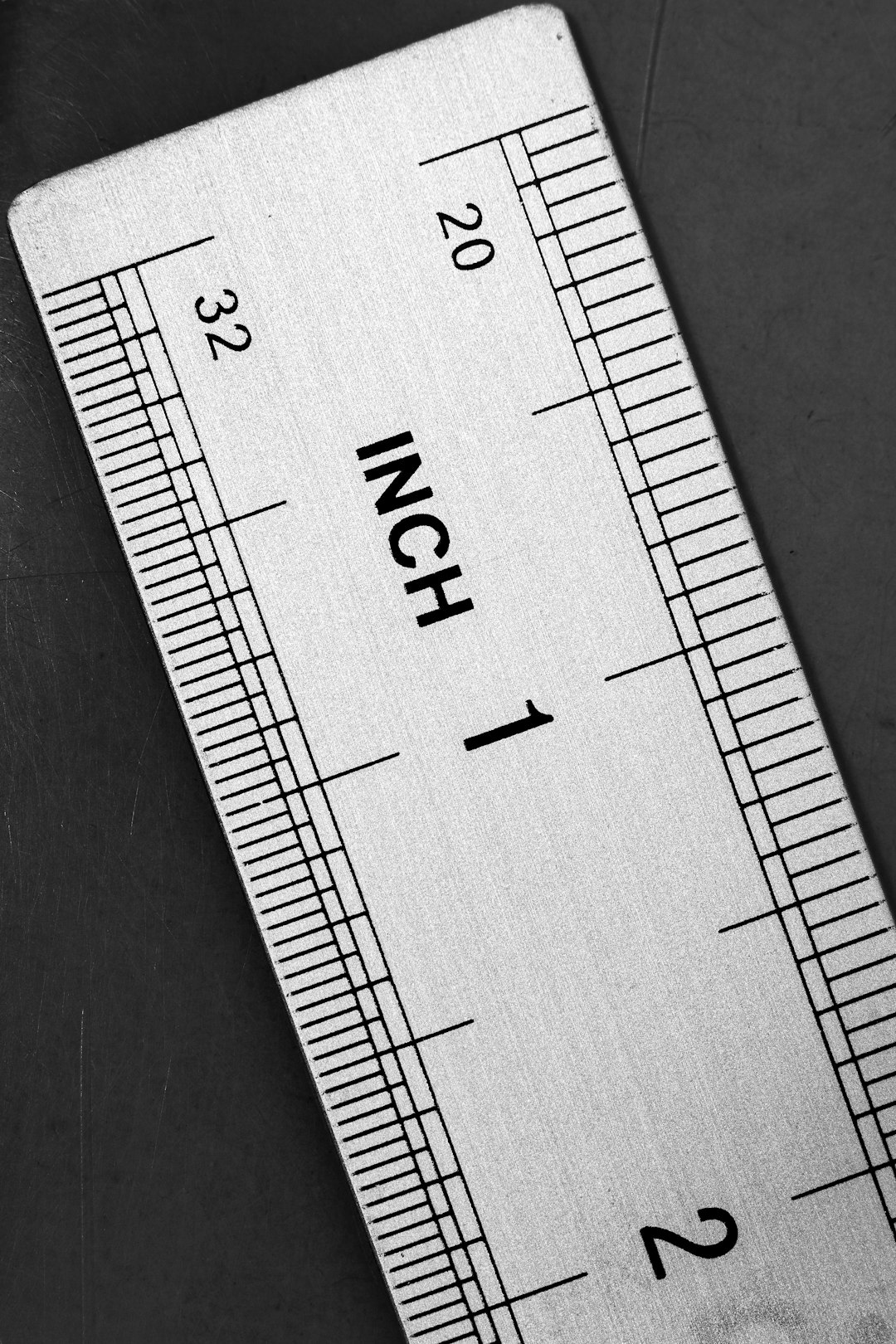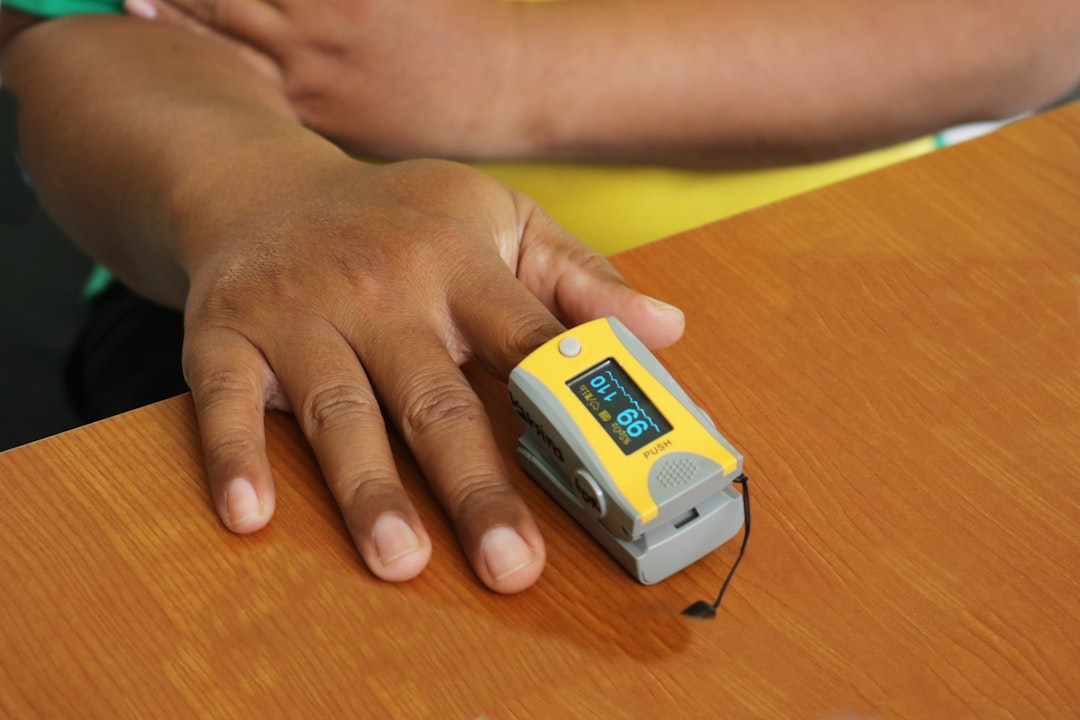Have you ever picked up a tape measure and thought, “What do all these tiny lines mean?” You’re not alone! Measuring might look tricky at first, but once you know the basics, it’s easy. And yes, it can be fun too!
What Is a Tape Measure?
A tape measure is a flexible ruler. Most are made of metal or strong plastic. It’s used for measuring length, width, or height. You’ll find tape measures in tool boxes, sewing kits, and even purses!
Before you start measuring like a pro, let’s get to know the most important parts.
- The Case: This holds the tape when it’s rolled up.
- The Hook: This tiny metal part at the end lets the tape grab onto surfaces. It moves a little — we’ll explain why soon!
- The Tape: This is the ruler part with lots of numbers and lines.

Understanding the Markings
This is the fun part. The tape is covered in numbers and lines. Let’s break them down:
1. Inches and Feet
Most tape measures in the U.S. use inches and feet. Each big number (1, 2, 3…) marks an inch. So, “1” means one inch, “5” means five inches, and so on.
You’ll also see shorter lines between each big number. These are smaller parts of an inch.
2. Fractions of an Inch
Each inch is usually divided into 16 smaller parts. That means the smallest line is 1/16 of an inch.
- The longest line between two inch marks is 1/2″
- The line a bit shorter than that is 1/4″
- Even shorter? That’s 1/8″
- Tiny lines? You guessed it — 1/16″
Here’s a tip: the shorter the line, the smaller the fraction.
Sounds confusing? It won’t be once you get used to it. Look at a one-inch section of tape. Count how many lines are between the zero and the “1”. You’ll probably find 15 little spaces. That’s because each space is 1/16 of an inch!
Let’s Practice Reading
Say the item you measured ends at the third line after the number 4. That’s:
- 4 inches
- + 3/16 of an inch
- Total: 4 3/16 inches
Easy, right?
What About Centimeters?
Some tape measures have inches on one side and centimeters (cm) on the other. These use the metric system, common in most countries outside the U.S.
- 1 meter = 100 centimeters
- 1 centimeter = 10 millimeters
- Each small mark = 1 mm
So if you count 75 little lines (millimeters), you have 7.5 centimeters. Simple!

Why the Hook Wiggles
Don’t panic if the hook at the end moves. That’s a good thing. Really!
When you pull the tape to measure the outside of something, the hook moves out slightly. When you push it against something, it shifts in. This tiny wiggle makes sure your measurement is exact whether you’re measuring inside or outside of something.
Cool, right?
Types of Tape Measures
There’s more than one kind! Here are some common types you might see:
- Standard Tape Measure: The one we’ve been talking about. Great for general use.
- Sewing Tape: A soft tape used in fabric and clothes making.
- Digital Tape Measure: Displays measurements on a screen. Fancy!
- Measuring Wheel: Used for large distances like lawns or floors.
Handy Tips & Tricks
- Look for the Diamond: Some tape measures have black diamond marks. These are for laying out floor joists. Advanced stuff—but cool to notice!
- Don’t Let It Snap Back: Rewind the tape slowly. This keeps it from breaking or hurting your hand.
- Use That Hook: It’s made to flip over an edge or be pressed against a wall.
- Highlight Frequent Sizes: If you often measure 12″ or 2ft, put a sticker or color on it!
Measurement doesn’t have to be boring. In fact, with a little practice, it becomes second nature. It’s like learning a secret code. And once you get it — you’re part of the measuring club!
Common Measurements You’ll Use
Here are some basic measurements and what they usually relate to in real life:
- 1/2 inch: About the width of a pencil eraser
- 1 inch: Roughly the size of a large paperclip
- 6 inches: A dollar bill is about this long
- 12 inches: That’s one foot — as in a ruler!
- 36 inches: That’s a yardstick
How to Measure Like a Pro
- Make sure the tape is flat against the surface.
- Use the hook to hold one end.
- Pull the tape to the other side of the object.
- Read the measurement where the object ends.
- Don’t forget to read the fraction part!

Final Thoughts
Reading a tape measure isn’t hard. Like anything else, it just takes practice. Soon, you’ll be eyeballing ¼ inch like a champ!
So grab a tape measure. Measure your phone. Measure the table. Measure your dog (if they’ll sit still). The more you use it, the better you’ll get.
Remember: Tiny lines tell big stories. And now you know how to read them!




